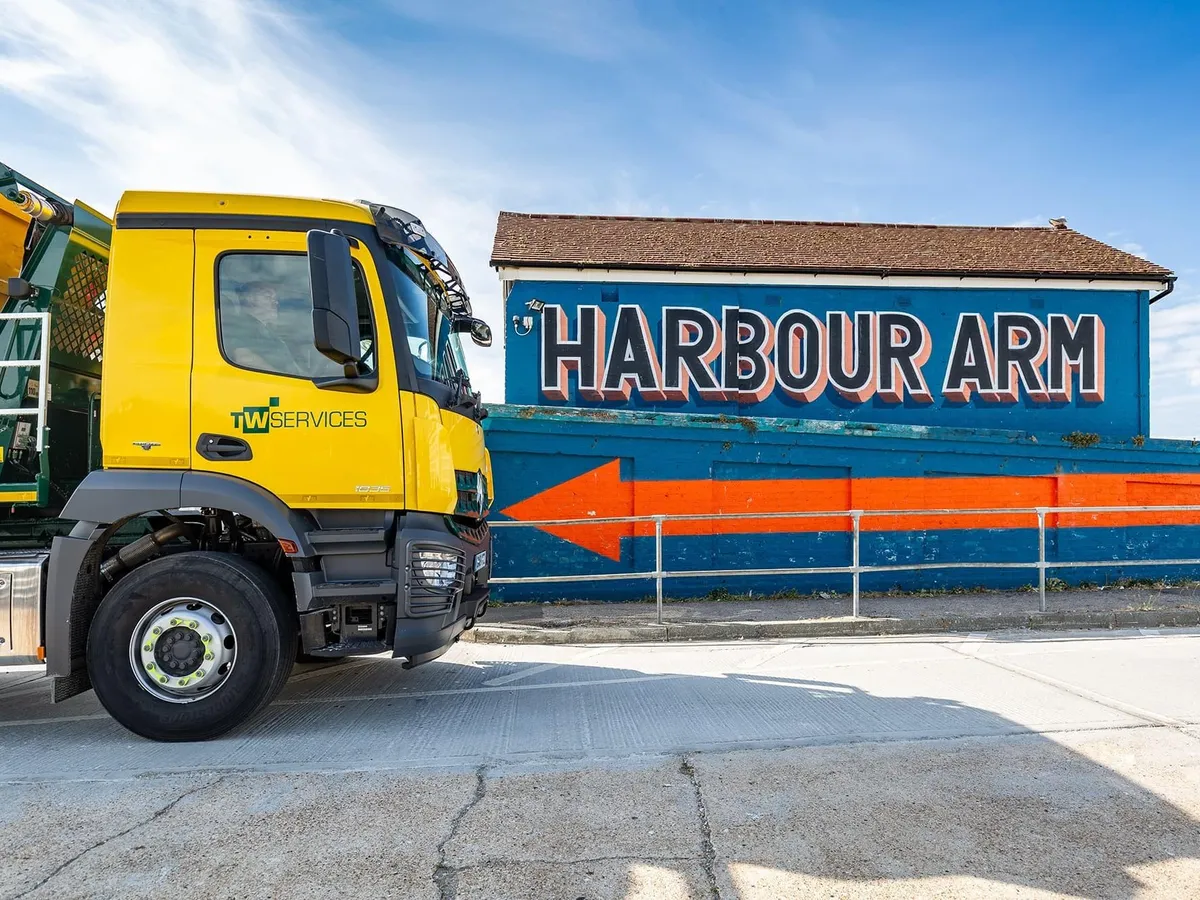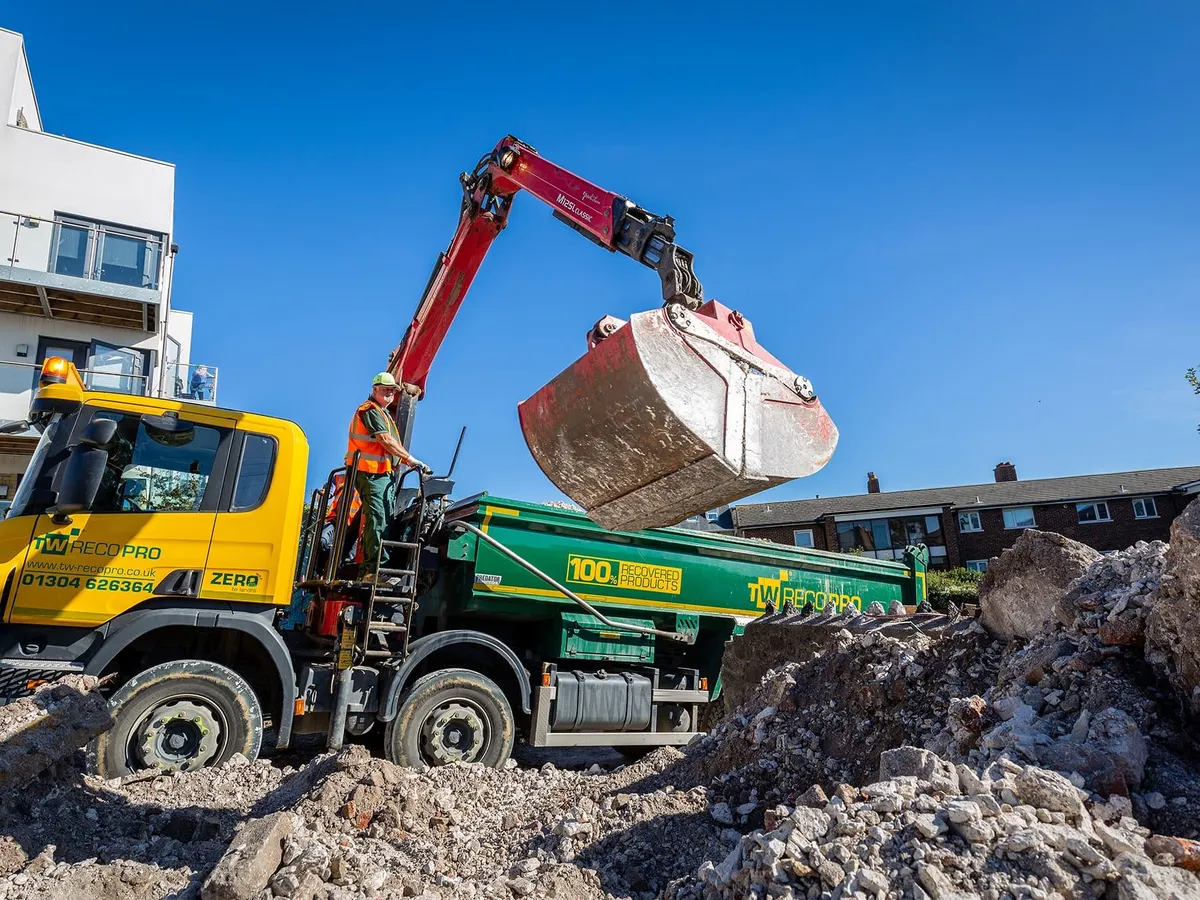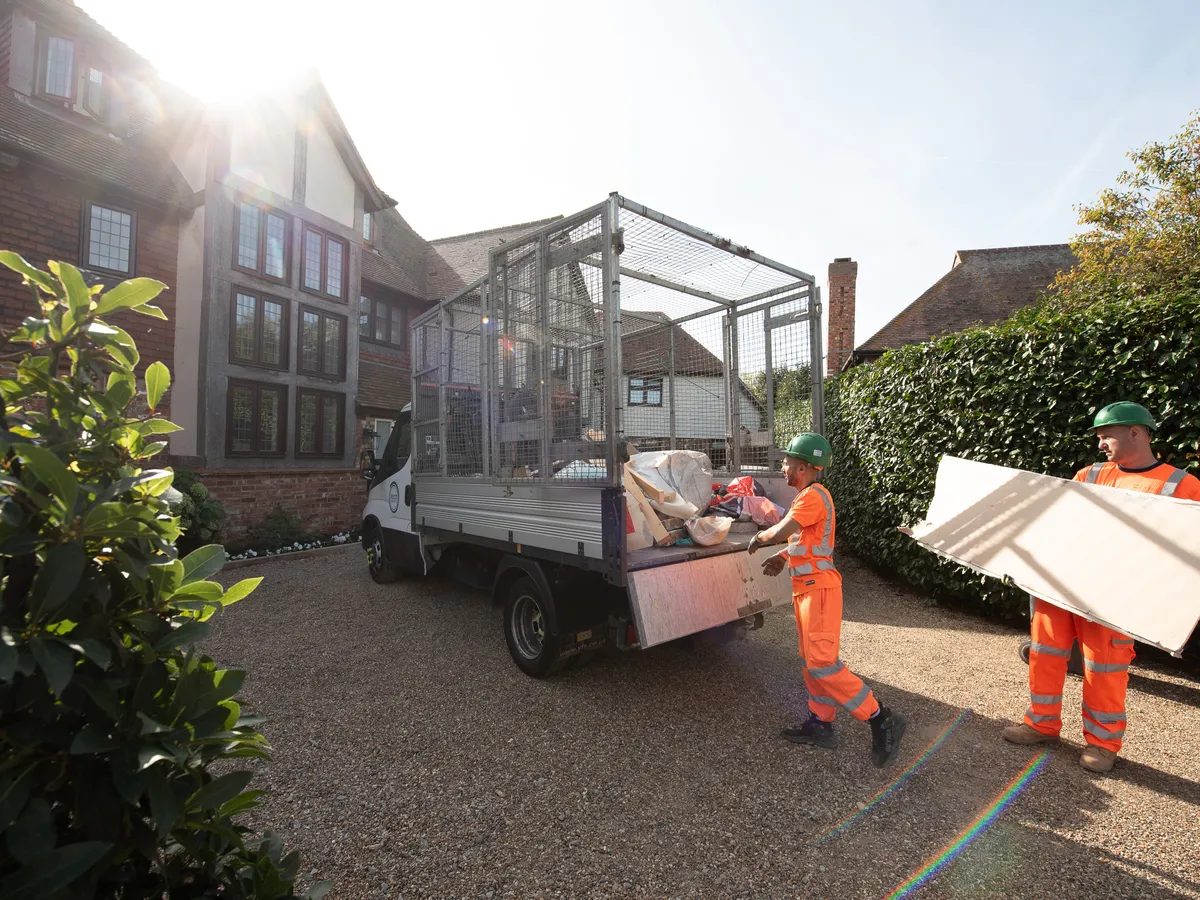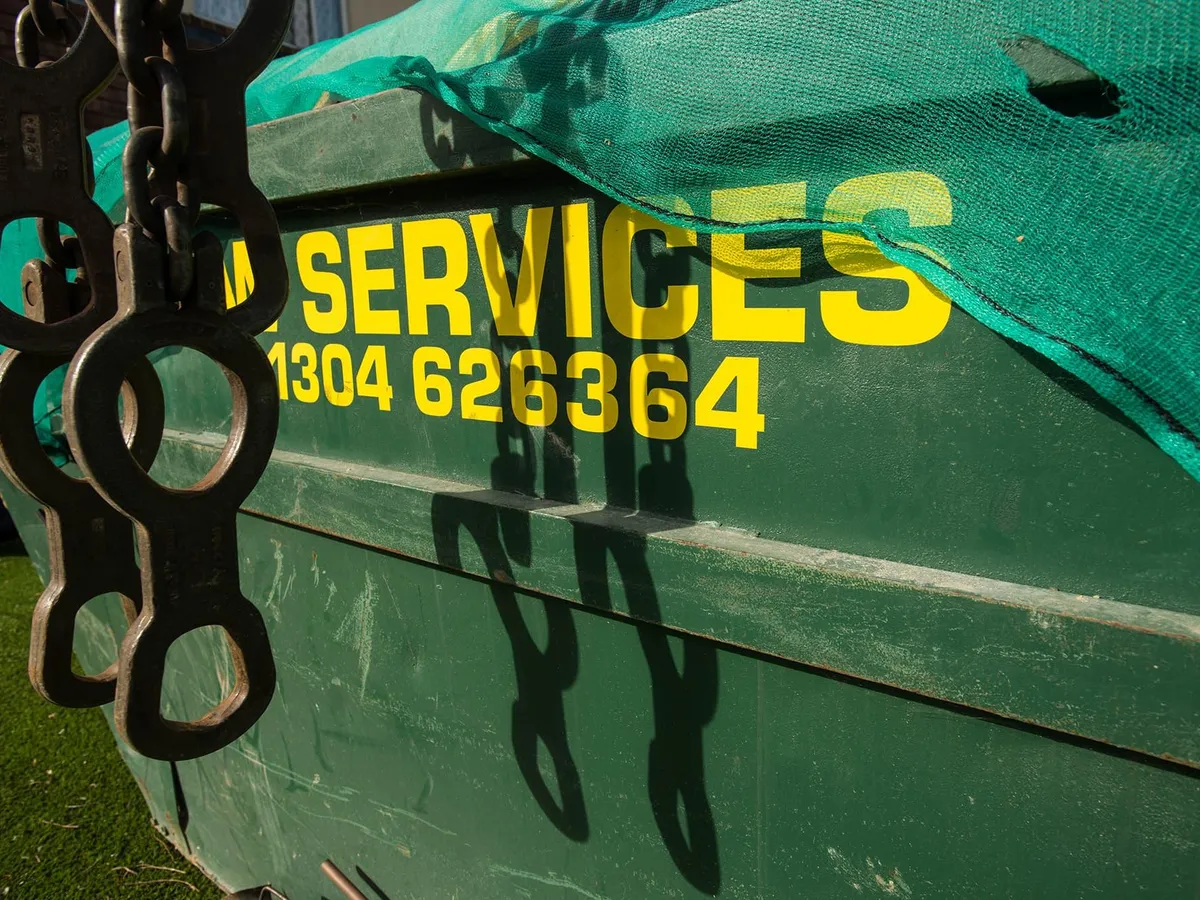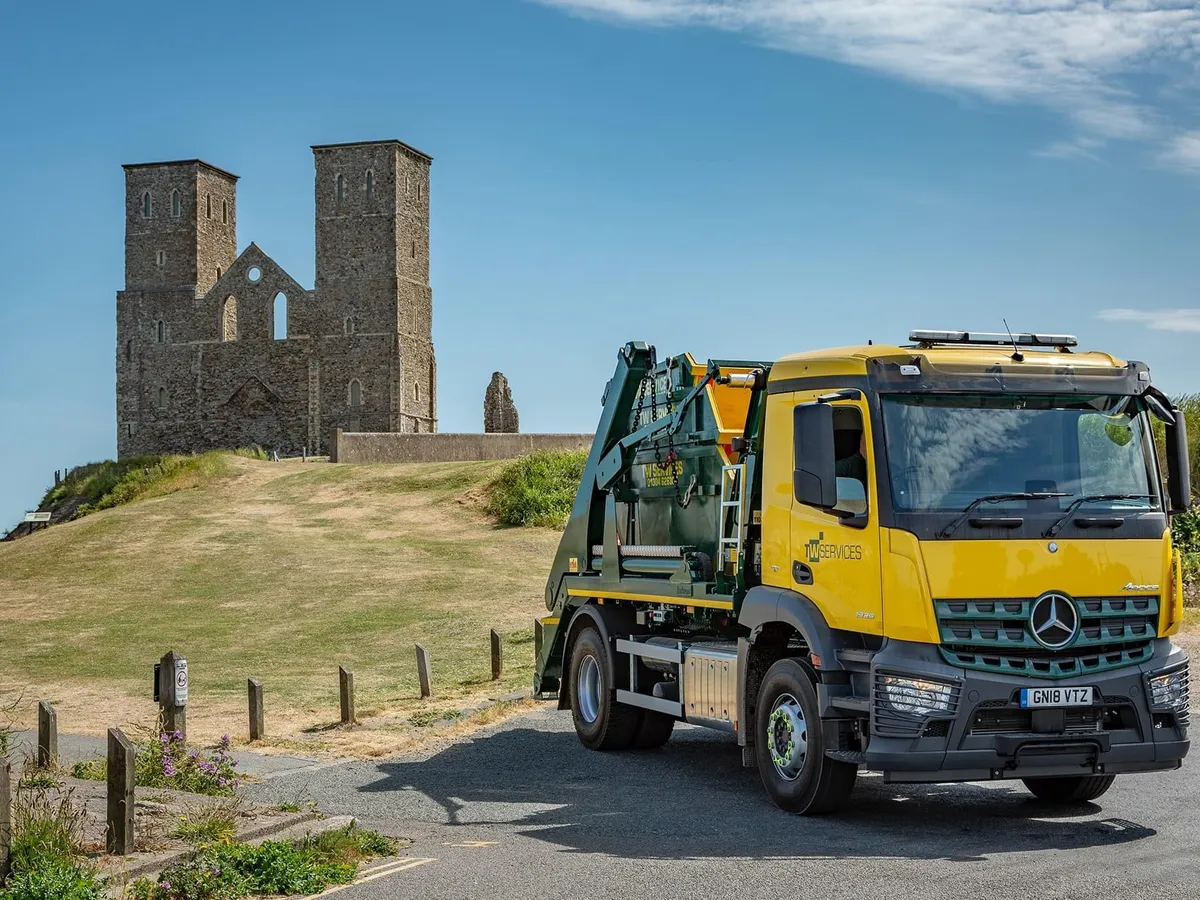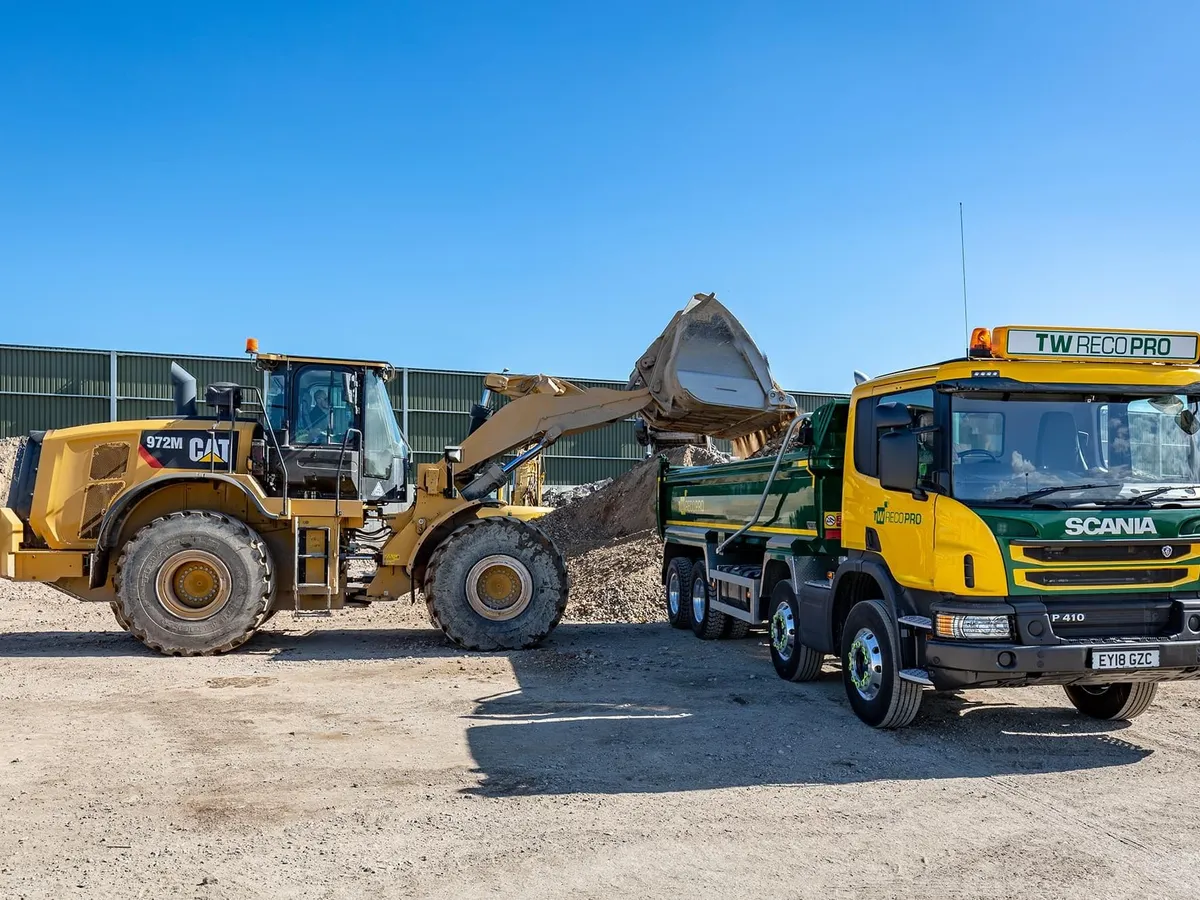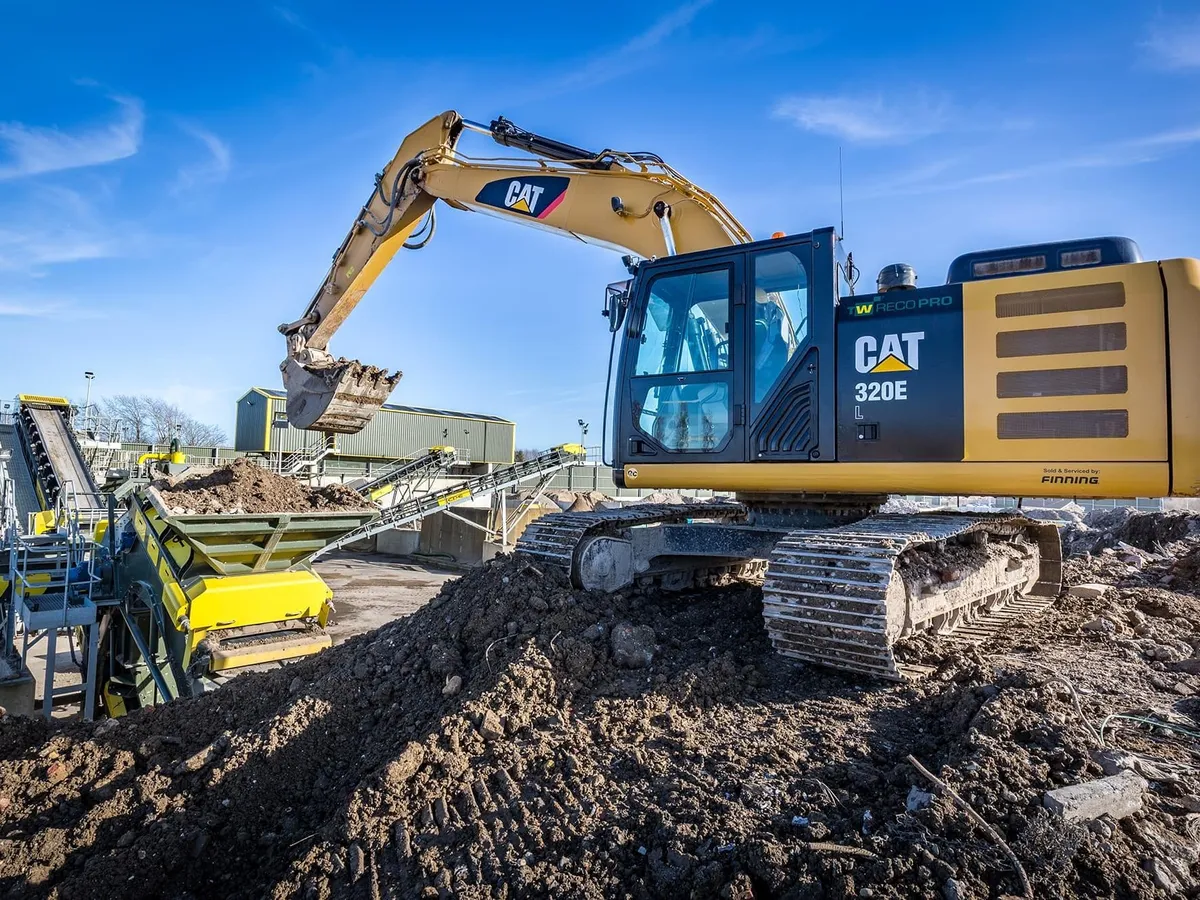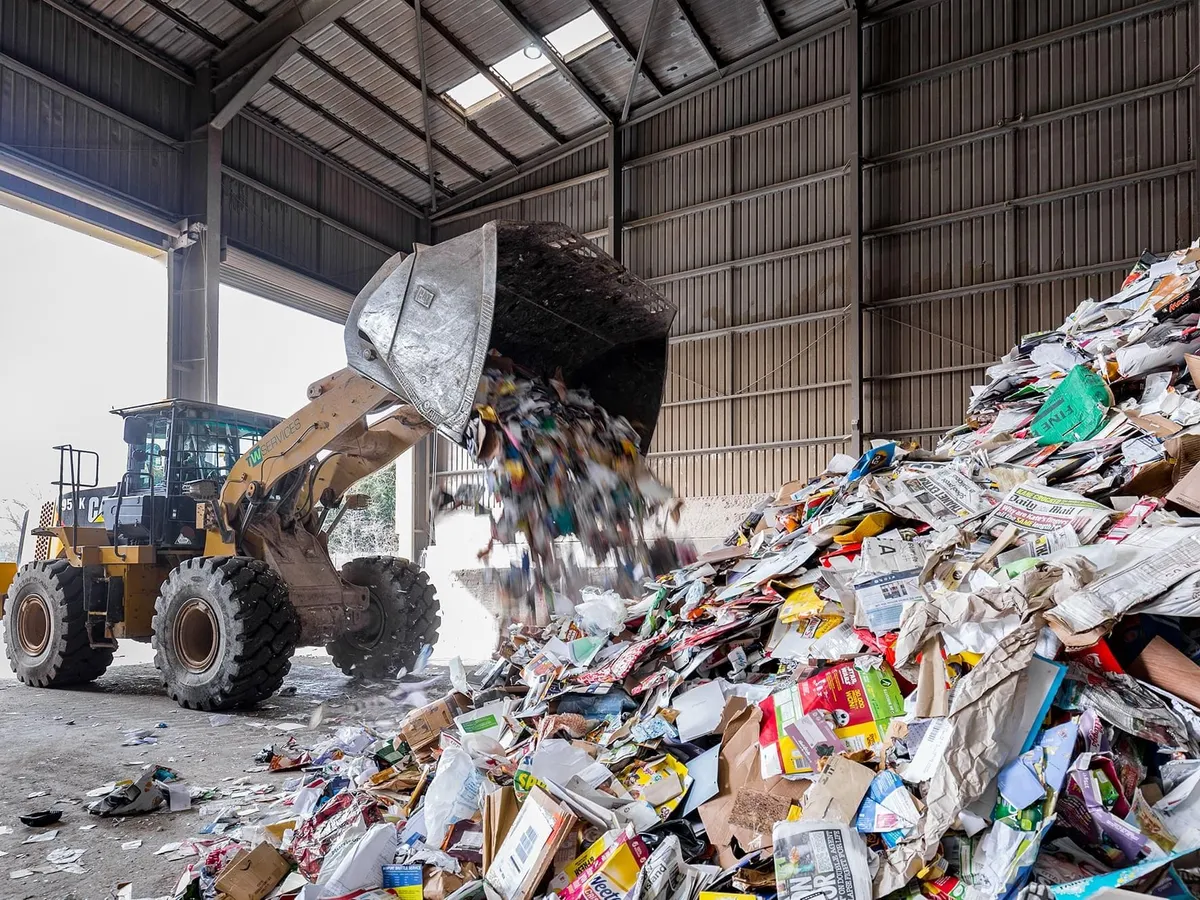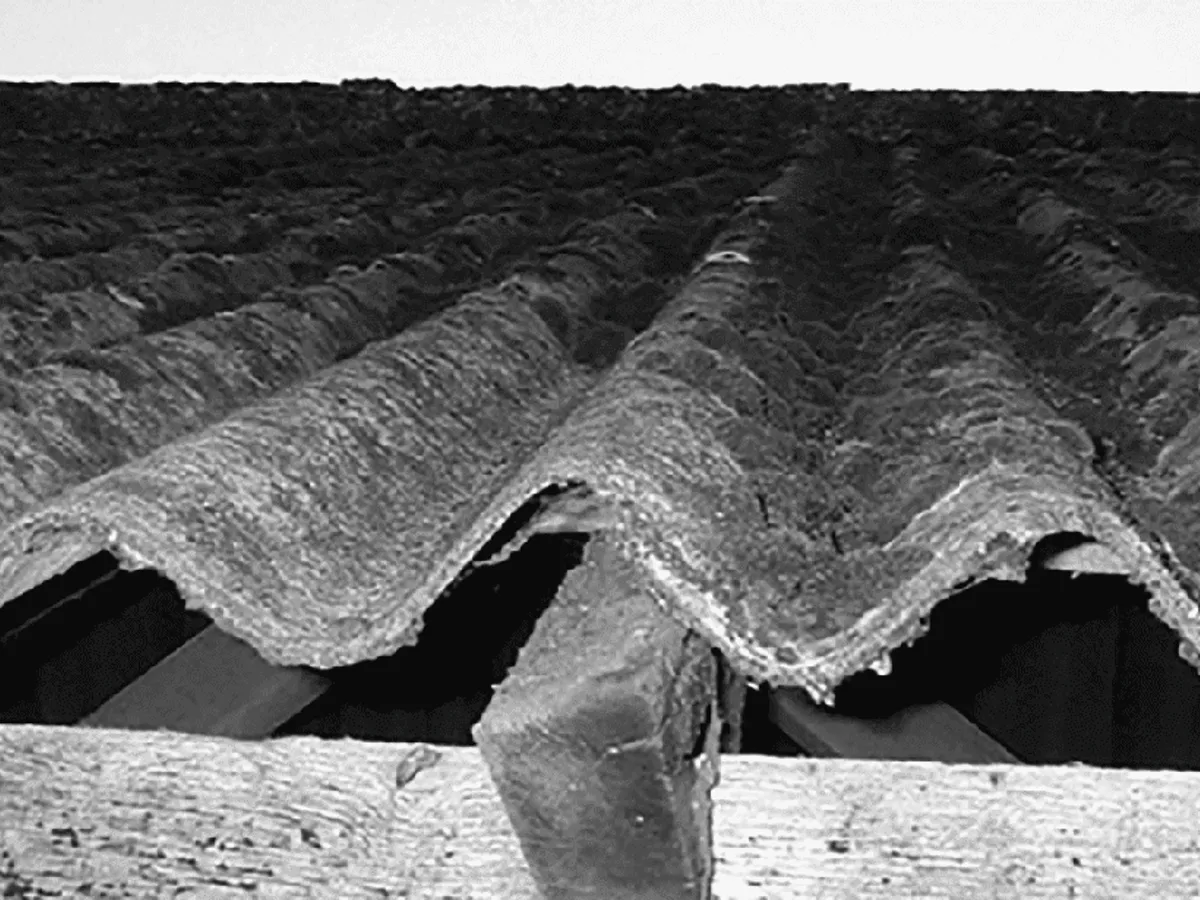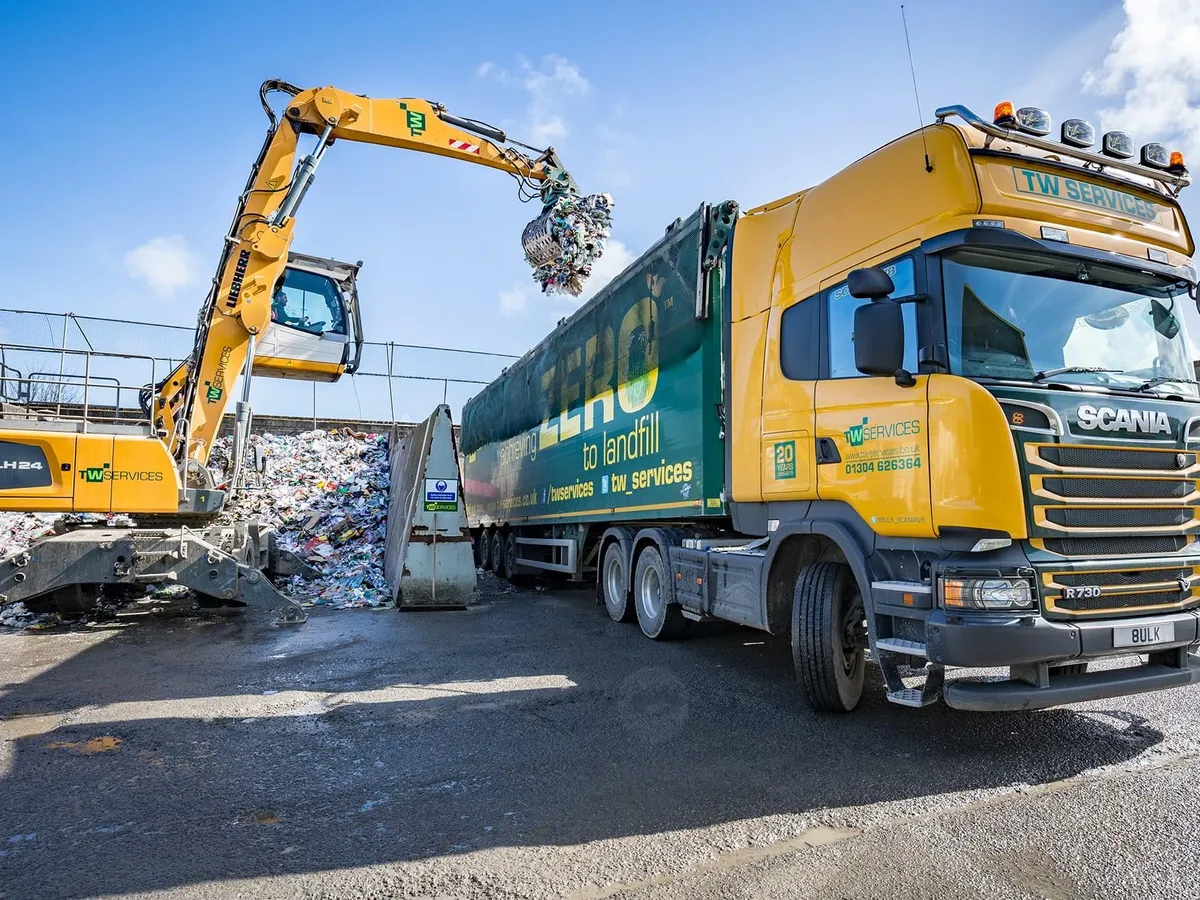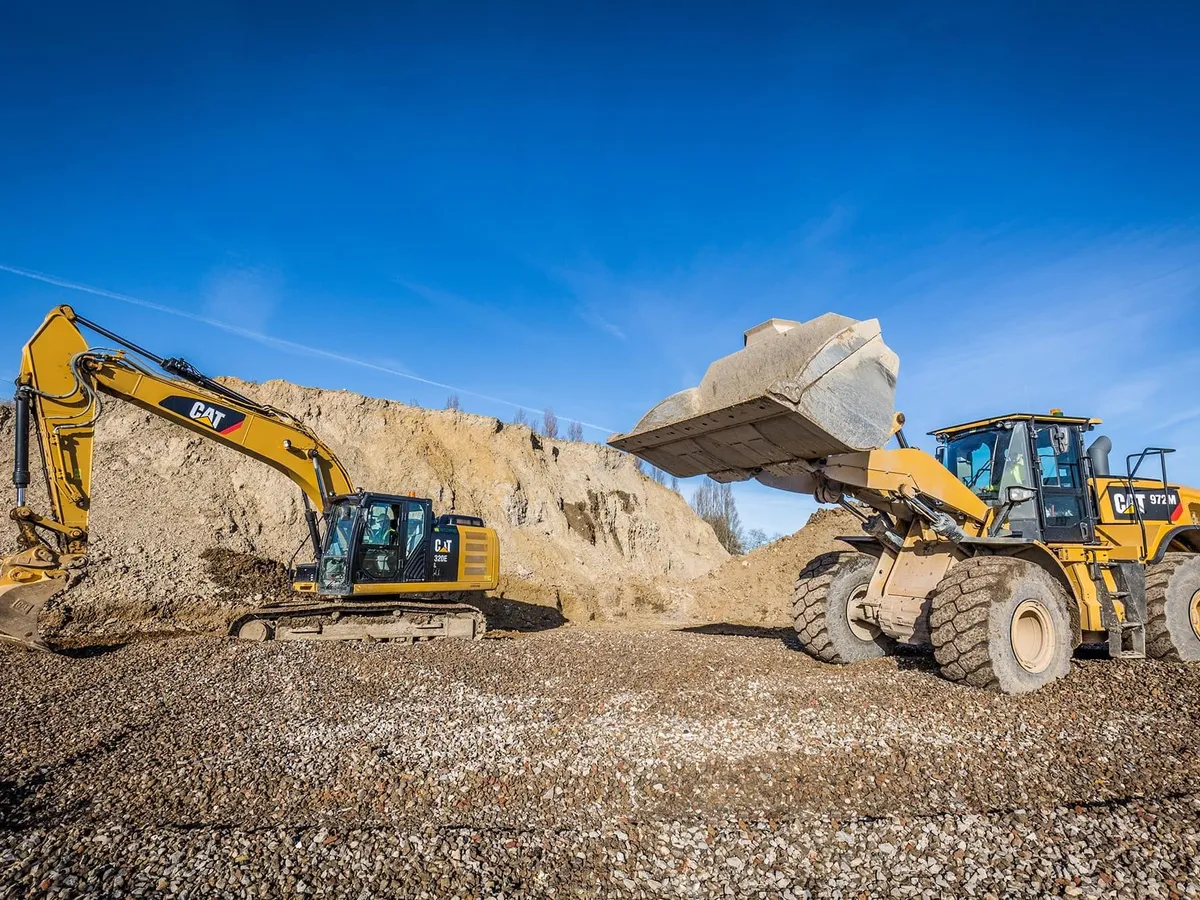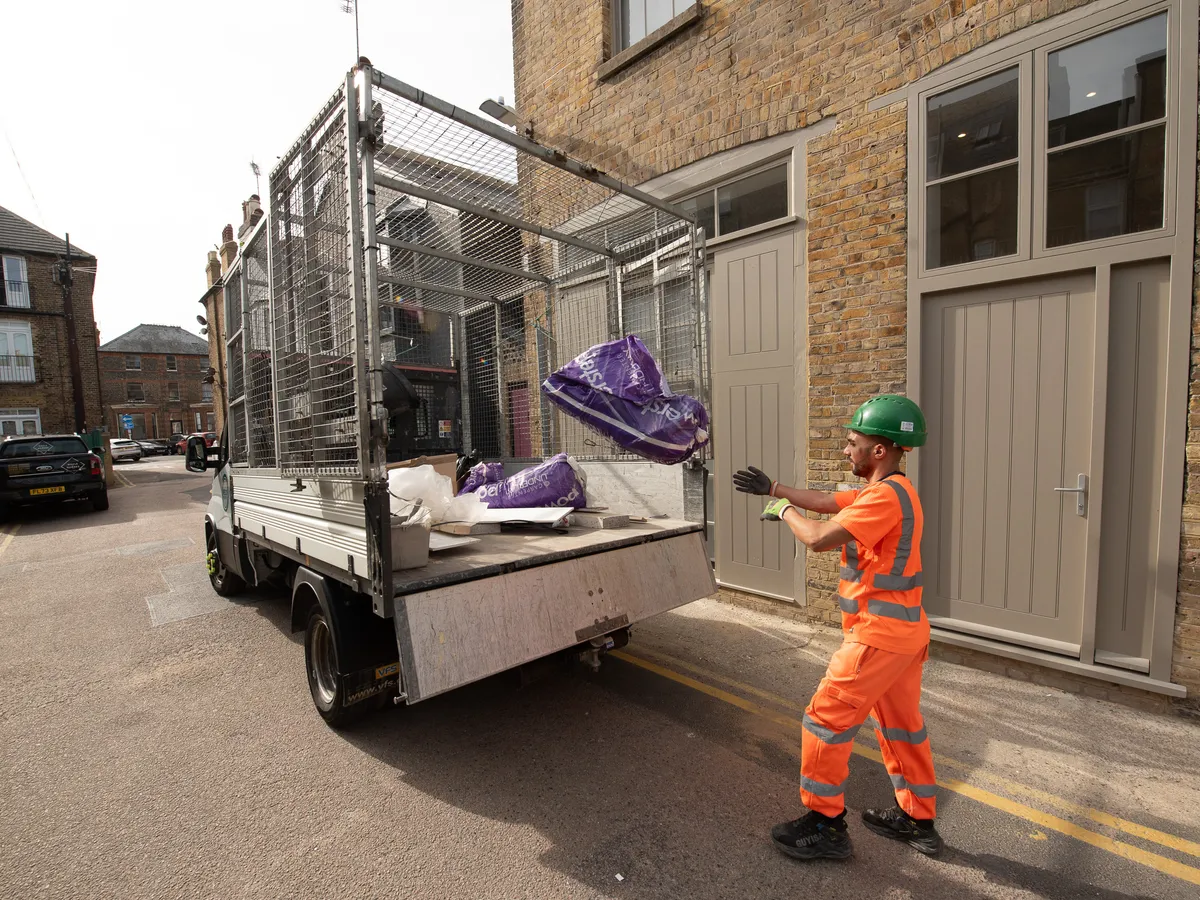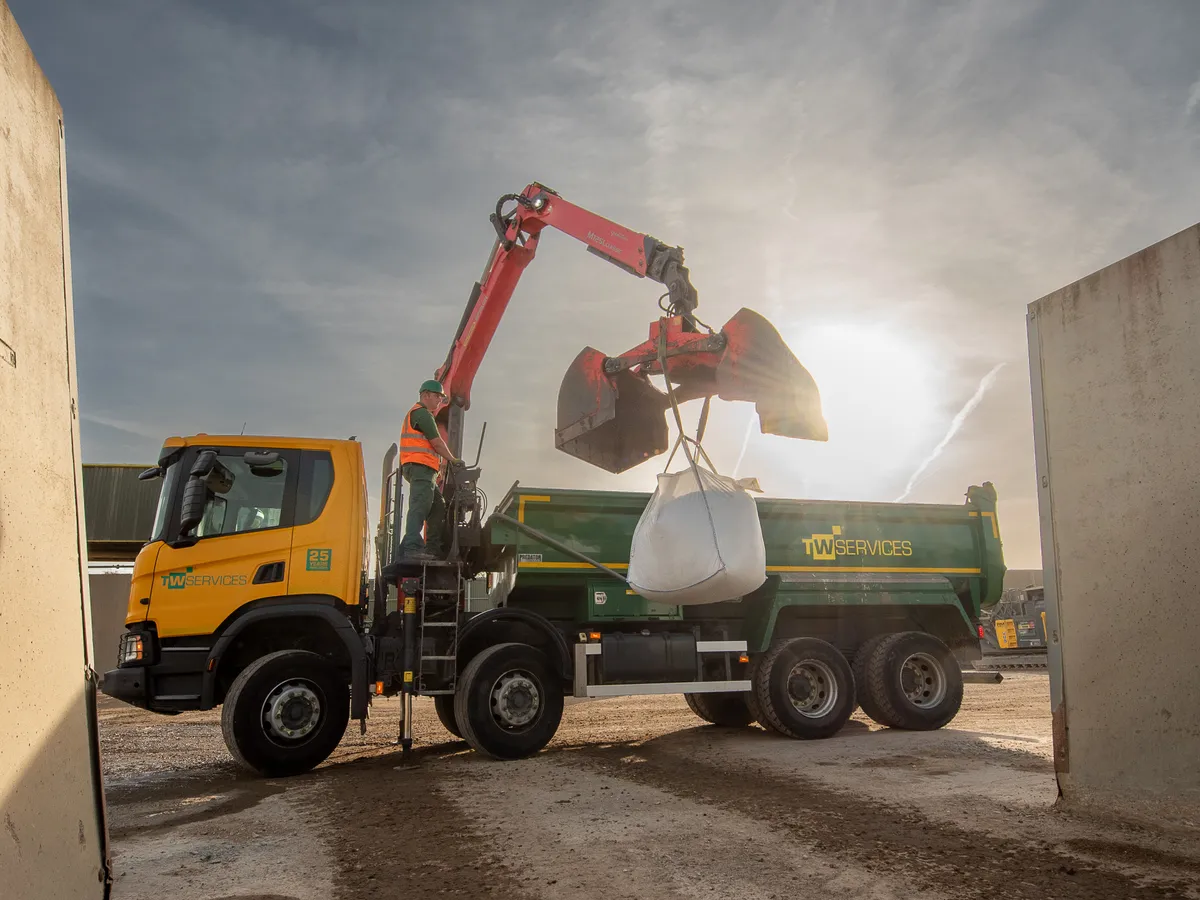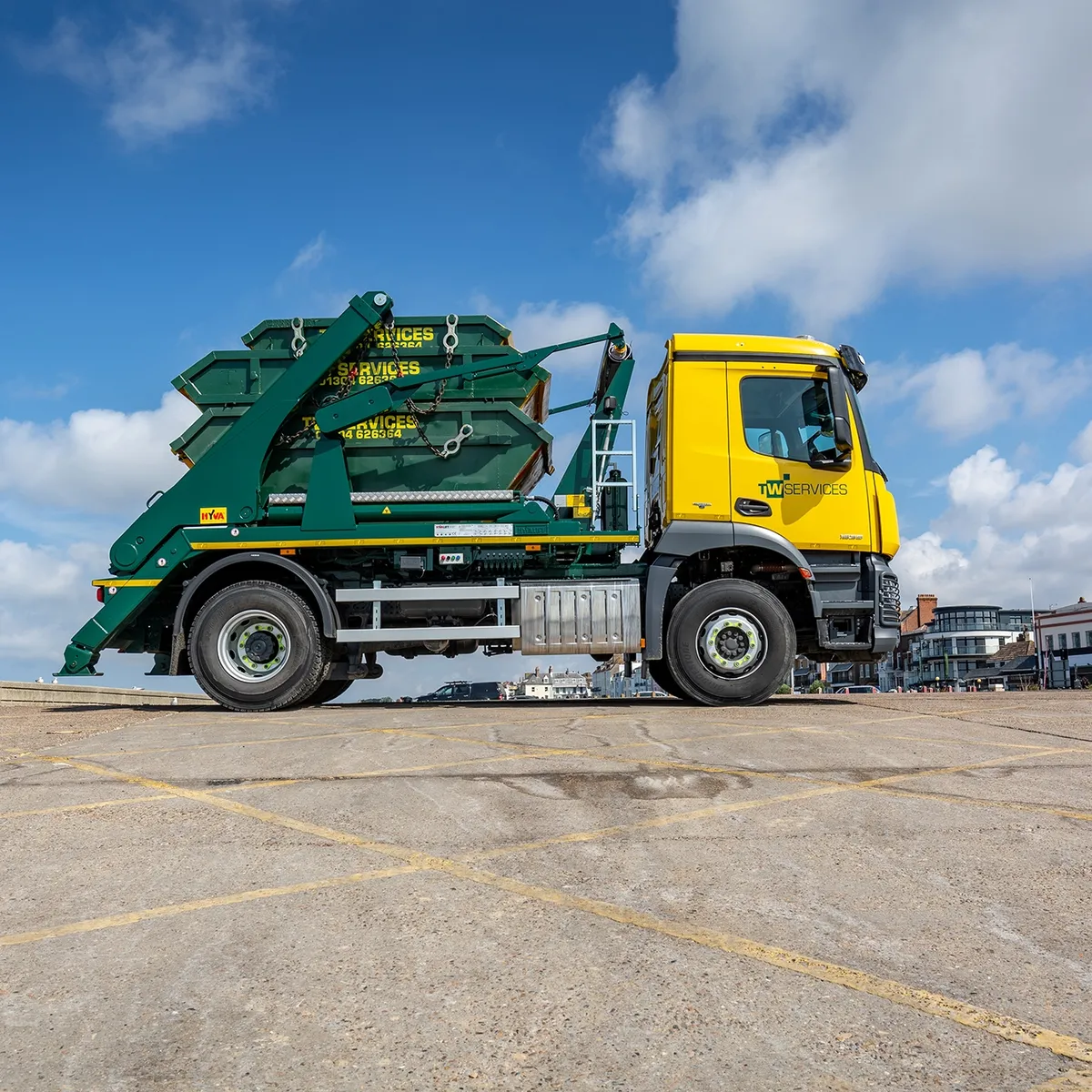
Everything You Need To Know About Skip Sizes
When hiring a skip, you need to consider a range of factors. From what type of waste you’re disposing of to the amount of junk you’re removing, you need to get clear on the parameters of your project.
However, if you have no prior experience with skips, you might wonder, “What skip sizes are there?” or even “What size skip do I need?” If either of these thoughts sounds familiar, don’t worry.
In this blog, we’re recapping everything you need to know about skip sizes and choosing the right skip. Whether it’s your first time or you need a reminder, scroll down to find out more about skip sizes and the process of choosing a skip.
How Are Skip Sizes Measured?
Before we jump into what skip sizes are there, we’ll quickly give you an overview of how skip sizes are measured. Understanding the terminology makes skip-selecting a whole lot easier.
Typically, in the UK, skips are measured by cubic yards. One cubic yard is approximately 3 ft x 3ft x 3ft. Many skip hire newcomers find it helpful to visualise this metric before diving into the various options.
Most Common Skip Sizes
Yard skip hire companies usually offer a range of sizes to cover all domestic and commercial skip needs, including general waste, house clearance, garden waste, inert waste, and recycling. Below are the most common varieties you’ll see from a provider. Some offer larger options, but these are usually exclusive to industrial projects.
4-Yard Skip (3 cubic metres)
6-Yard Skip (4.5 cubic metres)
8-Yard Skip (6.1 cubic metres)
12-Yard Skip (9.1 cubic metres)
If you’re still thinking, “What size skip do I need?” or what the maximum weight capacity of your skip is, professional advice is the best route to take. TW Services is here to answer your questions about skip hire via online forms, the phone, or in person.
Why Is Skip Size Important?
When completing a construction or renovation project, there’s a lot of emphasis on selecting the right skip. This is because the right skip size provides enough space to remove your waste safely and securely. Plus, you’ll even save money.
For example, a skip that’s too small can easily be overloaded. This will leave you with excess waste, and you’ll need to make trips to the local waste plant, or you’ll need to pay out for extra junk removal.
Conversely, if you hire a skip that’s too large, you’ll spend more for services you won’t use. More space is great, but not if it compromises your project budget. Could that funding be better spent elsewhere? Learn more about understanding skip hire pricing before you get started.
Tips For Choosing A Skip Size
Now you know what size skips are there for your project, it’s time to work out which fits your specifications best. Choosing a skip is best with expert advice, but we have some extra tips to make your decision easier.
Estimate the waste you’ll have. No one can know exactly how much waste they’ll have before a project starts. However, take a moment to make an appropriate estimate. Remember, smaller skips suit domestic jobs, while larger skips are better for commercial/industrial projects.
Check how much space you have. You’ll also need to consider how much space you have at your location. Will a large skip fit — or do you need to downsize?
Consider the type of waste you’ll have. Heavier materials will need a larger skip than lighter materials. Heavy materials include concrete, soil, or bricks. Lighter waste is considered garden waste or wood.
Finding The Right Skip For You
Hopefully, this blog has answered “How are skip sizes measured?” and “What skips are there?” With the right facts and tips, selecting the right skip is quick and painless. However, skip providers are always on hand to provide advice and assistance if needed and ensure waste is dealt with responsibly.
If you’re ready to choose a skip, allow TW Services to help. With a range of skip hire and waste management services for businesses and individuals, we’re here to assist your project — no matter the size. Get in touch with us online to learn more about skip hire in Kent.
Check our blog for articles on skip hire prices and recycling to help heal the planet.
